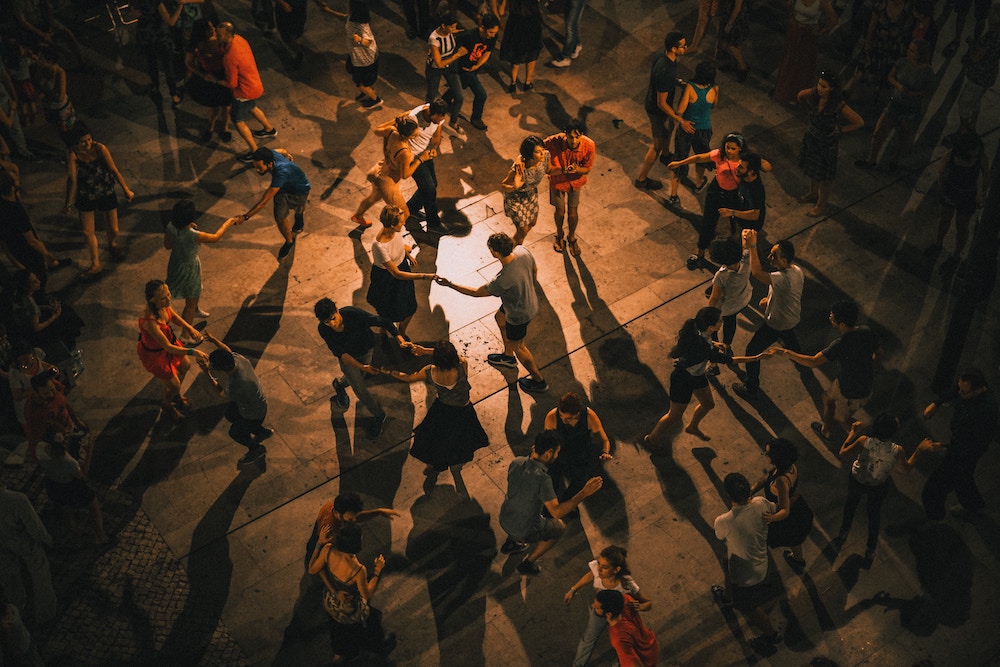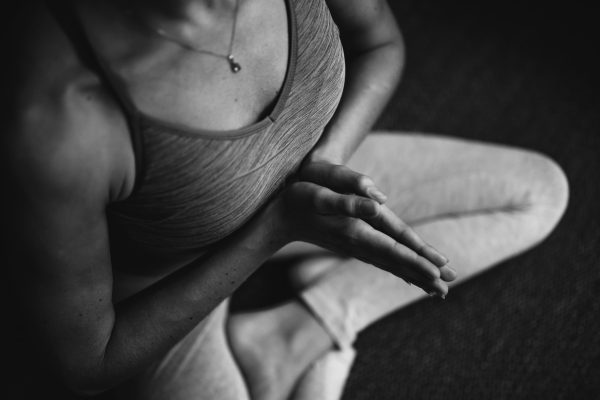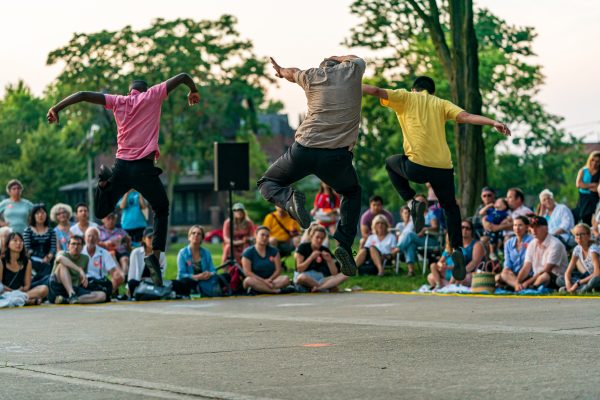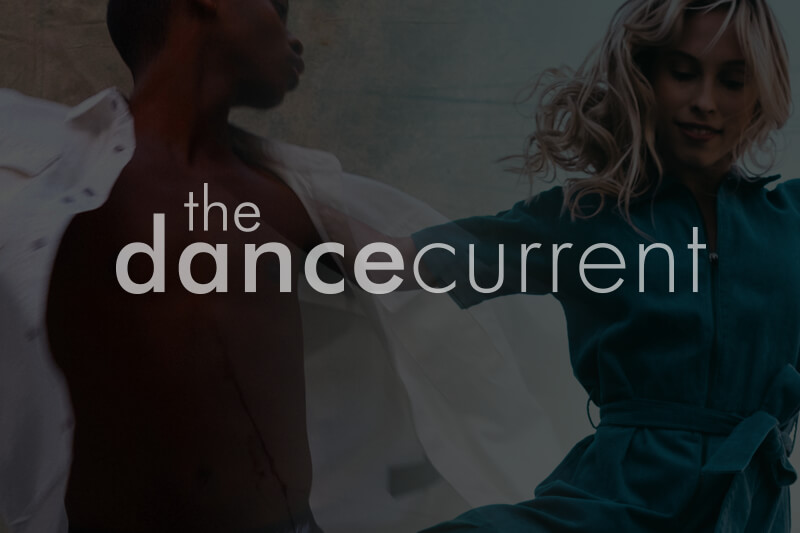As a dance physiotherapist, I usually work with injured dancers with the goal of returning them to competition or work. I also work with young athletes and weekend warriors who aim to live their best lives and stay healthy and active as they get older. Dance in a health-care context then becomes more than rehabilitation, but rather a tool to improve your overall health and wellness, better express yourself, bring joy into your life and find community.
Experts recommend at least 150 minutes of cardiovascular and strength exercise per week. While all exercise is beneficial, finding one that brings you joy improves your likelihood of sticking to the new activity – and consistency is key! Dance improves your cardiovascular and muscle health, and learning choreography with others can also improve your social, emotional and cognitive well-being.
Here are five reasons why you should consider adding community dance classes to your healthy routine:
Live a long life
Including a dance class in your weekly schedule might help you live a longer life. Moderate-intensity dancing has been associated with a reduced risk for cardiovascular disease mortality to a greater extent than walking. This impressive association might be explained by the intervals of high-intensity movement during most forms of dance, the fact that dance often has lifelong adherence and the added psychosocial benefits when compared to other forms of exercise.
Boost your brain capacity
Movement is good, but learning choreography has the added benefit of boosting your brain health. Dance can maintain and even improve cognitive function in children and the elderly. In fact, participation in social dance classes has an impact on both global cognitive function and executive function, which include orientation, attention, memory, verbal fluency, language skills, visuospatial ability, mental flexibility and self-control. And in a 2003 study from the New England Journal of Medicine, dancing was the only activity that was associated with a lower risk of dementia.
Dance yourself happy
If you are looking to improve both your physical and mental health, dance is the best therapy. Getting your groove on increases the flow of endorphins to your brain and can help decrease anxiety, increase self-esteem and improve psychological well-being. Dance movement therapy has even been shown to be an effective treatment for depression and PTSD.
Invite calm back into your life
Movement, music and breathing all share the ability to decrease stress. Dance combines all three. It’s shown to decrease cortisol and markers of chronic stress in the body. This can calm your fight-or-flight response, leading to less fatigue, irritability, headaches, intestinal problems and improved sleep quality.
Expand your social circle
Dance class is a great way to meet new people, practise your social skills and make new friends. It’s been shown to improve co-operation and empathy, which can lead to improved self-confidence, new social opportunities and decreased pain. Sign me up!
If you want to start dancing to improve your health but don’t know where to start, ask your family physician or physiotherapist to assist you in determining what might help you best achieve your goals. Pick a style of dance that includes music you enjoy. Consider whether you prefer to dance with a partner, in a group or alone. Decide if you feel most comfortable attending a class in person, streaming a virtual class from home or just blasting your favourite tunes and dancing like no one is watching. And remember that no matter what you choose, every minute you move your body counts!
This column is sponsored by physiotherapist Geneviève Renaud and was originally published in the Spring 2023 issue.
Dance Media Group strengthens the dance sector through dialogue. Can you help us sustain national, accessible dance coverage? Your contribution supports writers, illustrators, photographers and dancers as they tell their own stories. Dance Media Group is a charitable non-profit organization publishing The Dance Current in print and online.

Tagged:






